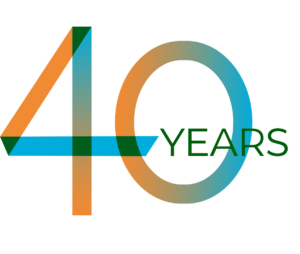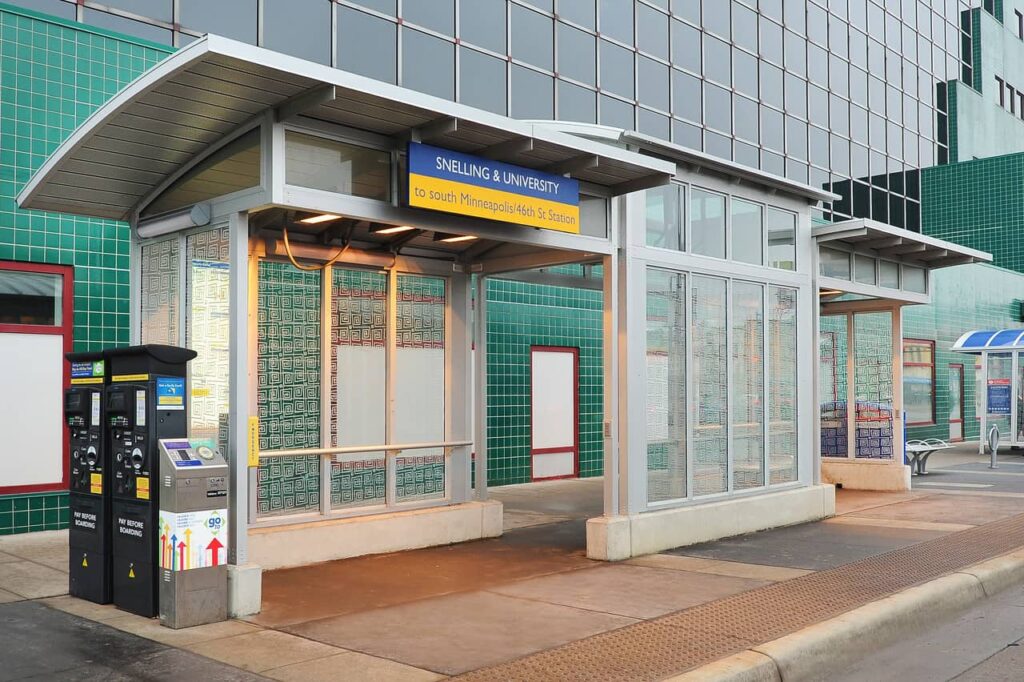Bus rapid transit is spreading across the country. Residents of the progressive Minneapolis-St. Paul area welcomed an expansion of theirs in June 2016 when Metro Transit opened the A Line BRT, the region’s first of a dozen planned arterial BRT lines serving core arterial streets. Residents hopped on board A Line immediately, raising ridership by 32% the first year of operations.
A Line serves high-traffic Snelling Avenue, Ford Parkway and 46th Street. “Reaction has been extremely favorable,” says Katie Roth, project manager for Metro Transit BRT/Small Starts. “We wanted to strengthen our most used routes with faster service and a more visible presence to attract riders.” It worked for the more than 4,500 riders who use the A Line each day.
Contributing to the A Line’s success are 38 bus shelters and 40 signage pylons engineered by Duo-Gard. The shelters are sized in small, medium and large, ranging from 7’x17’ to 7’x40’ and are installed according to site conditions and ridership patterns.
In keeping with Metro Transit’s emphasis on accessible public transportation that fits into the community it serves, the shelters are sophisticated in both form and function. Standing-seam silver aluminum roofs feature a distinctive curve, complemented by clean, contemporary framing in a clear anodized finish. Style was an important element, says Roth, whose team presented Duo-Gard with the architectural concept.
“It was important that the design be easily replicable for future expansion, as well as easily maintainable,” she says. “We wanted the aesthetic to convey speed of service, shown in the sleek curvature of the arched roofs. Of course, we needed weather protection and personal security, and we also wanted to maintain openness and an easy flow.”
Shelter glazing is accented by ceramic frit work. The underside of the roof is completely closed and finished with corrugated steel panels, adding to the architectural aesthetic. All electrical work is inside the framing extrusions.
“Duo-Gard’s team collaborated closely with Metro Transit to achieve the customer’s goals,” says Kevin Chown, sales manager for outdoor structures. “An engineering team traveled to meet with Metro Transit prior to drawing completion and fabrication.”
The team took an in-house-generated, 3D printed, custom plastic corner column extrusion for demonstration. The column featured a hinged door, serving not only as a column but also an electrical box and a raceway for conduits and wiring. “Our ability to design the column and then print it in actual size enabled all involved to visualize and finalize this important element,” Chown adds. “Such customization is a hallmark of our engineering.”
The signage pylons complementing the shelters are 13’ high, 24” wide and 8” deep and provide not only information but also contribute to Metro Transit’s branding with a custom logo on top.
Additional custom elements included seating and handrails, push-for-heat buttons and plates, plus edge-lit LED map cases. Adding to the aesthetics, Duo-Gard developed a new T extrusion for glass retention to reduce the visible aluminum sight lines of the shelters, adhering to the architect’s design intent.
Metro Transit’s Katie Roth says she’s pleased at how good the shelters and pylons look after the June 2016 opening. The success of the A Line strengthens Metro Transit’s commitment to construction of the new C Line, due to begin in 2018. She says the lessons learned from A Line will be helpful and adds that public input of the 1,100 residents who responded to Metro Transit’s initial shelter design led to the final approach: “We were encouraged by how strongly residents feel about how transit fits into their communities.”
“The entire Duo-Gard team is proud of the A Line’s success, and we’re eager to begin work on shelters for the new C Line,” concludes Kevin Chown.



